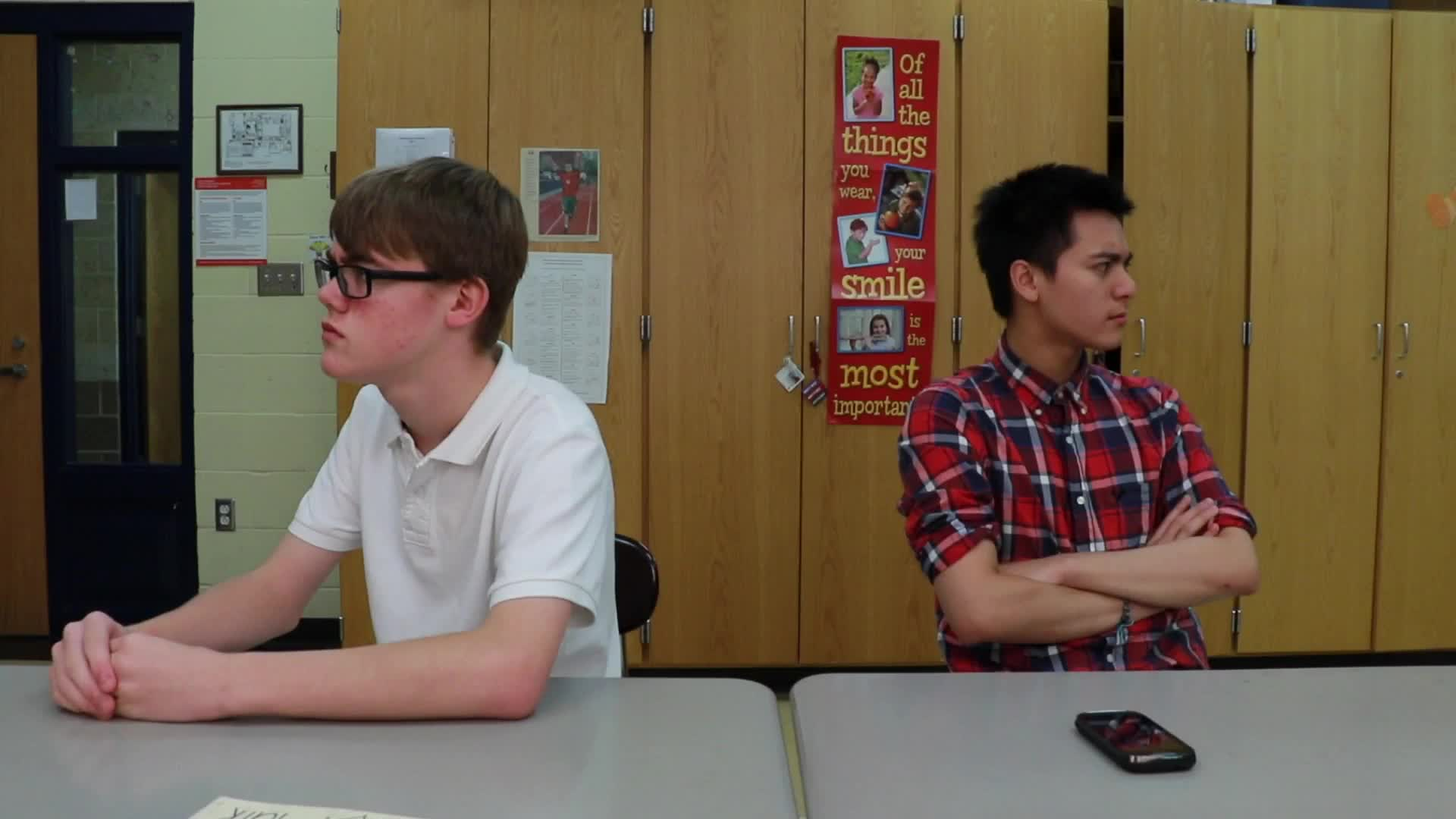
Introduction
High school students often face challenges when it comes to understanding their friends’ perspectives and resolving conflicts. Miscommunication and misunderstandings can lead to arguments that damage relationships. This blog post will focus on teaching high school students effective communication and conflict resolution skills through a no-prep activity, discussion questions, and related skills. By encouraging open communication, students can better understand each other’s feelings and resolve conflicts in a healthy manner.
No-Prep Activity
Role-Play Scenarios
For this no-prep activity, have students pair up and practice resolving conflicts through role-playing. Provide each pair with a conflict scenario, similar to the example in the prompt with Mike and Jeff. One student will play the role of the person who is upset, and the other student will play the role of the person who doesn’t understand the problem. Instruct the pairs to first act out the scenario without using effective communication, and then to repeat the scenario using open communication and conflict resolution strategies. Afterward, have the students discuss how the outcome changed when they used effective communication.
Discussion Questions
- How did the use of effective communication change the outcome of the role-play scenario?
- What strategies can you use to calm down when you’re upset before talking to the other person?
- Why is it important to listen and understand the other person’s point of view during a conflict?
- How can open communication help prevent misunderstandings and strengthen friendships?
- What are some other situations where effective communication and conflict resolution skills can be beneficial?
Related Skills
Besides effective communication and conflict resolution, there are other related skills that can help high school students navigate their social lives and maintain healthy relationships. Some of these skills include:
- Active listening: Paying close attention to what the other person is saying, and responding in a way that shows understanding and empathy.
- Empathy: Putting oneself in another person’s shoes and trying to understand their feelings and perspective.
- Assertiveness: Expressing one’s thoughts and feelings in a clear, confident, and respectful manner.
- Problem-solving: Identifying the root cause of a conflict and working together to find a solution that both parties agree upon.
Next Steps
Teaching high school students effective communication and conflict resolution skills is an essential part of their social-emotional development. By incorporating these principles into your curriculum, you can help students build stronger relationships and prevent misunderstandings. To learn more about these skills and access free sample materials, sign up for free samples at Everyday Speech. Explore a variety of resources designed to help educators teach valuable social-emotional skills and support students in their personal growth.

